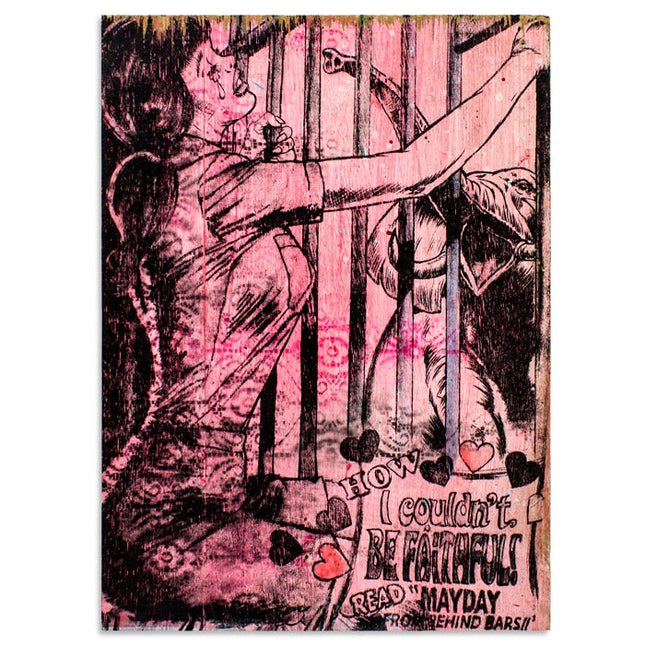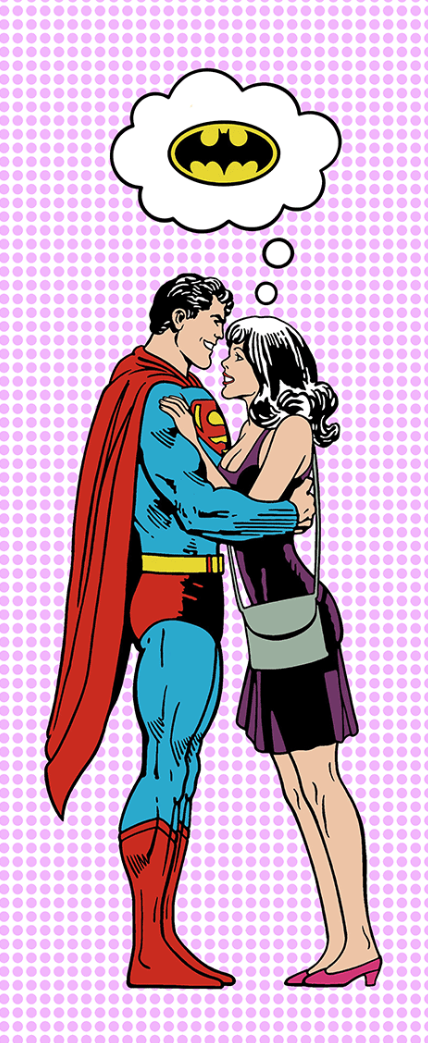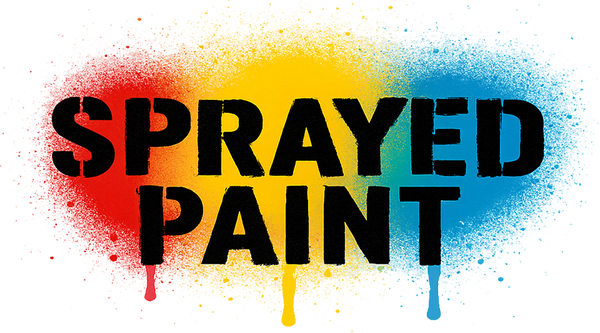Graffiti art and street art have long been platforms for expressing social issues, personal emotions, and provocative topics that spark conversation and reflection. Cheating in a relationship, a theme as old as human history itself, has recently become a subject of exploration for graffiti and street artists. Through a blend of raw emotion, vivid imagery, and powerful messages, artists around the world have been using urban landscapes to voice their opinions on this controversial issue. In this essay, we delve into how graffiti art and street art have tackled the complex subject of infidelity. Graffiti and street artists often employ symbolism, metaphor, and visual allegory to convey their thoughts on cheating in relationships. For instance, some works depict broken hearts, shattered trust, and ruined dreams through images of torn photographs, damaged locks, and wilted flowers. These visuals provide a clear, albeit somber, representation of the emotional turmoil experienced by those affected by infidelity. In some instances, artists choose to incorporate text and language to create a more direct commentary on cheating. Phrases like "Trust No One" or "Love is a Lie" are scrawled across walls, underlining the disillusionment that stems from being betrayed by a partner. This use of language, coupled with stark imagery, brings the pain of deception to the forefront of public consciousness. Street art tackling the issue of infidelity often features powerful portraits and characters. These pieces may portray the anguish of the betrayed, the guilt of the cheater, or the tangled emotions of those caught in between. These human-centric pieces evoke empathy and understanding in viewers, allowing them to connect with the artwork on a deeply personal level. By showcasing the wide range of emotions and experiences tied to cheating, these artists provide a window into the complexity of human relationships and the consequences of deceit. Furthermore, some artists choose to challenge societal norms and expectations regarding monogamy and relationships through their works. These pieces often question the boundaries of acceptable behavior, asking viewers to consider their own definitions of love, loyalty, and commitment. By stirring up such debates, graffiti and street art encourage a broader discussion on the dynamics of modern relationships and the factors that contribute to infidelity. It is essential to recognize that graffiti art and street art are not limited to condemning infidelity but also serve as a platform for those seeking healing and understanding. These artists often create works that promote forgiveness, empathy, and personal growth as means to move forward from the pain caused by cheating. In this way, graffiti and street art provide a space for individuals to grapple with their emotions, find solace, and ultimately grow from the experience. Graffiti and street art have become powerful avenues for exploring the topic of cheating in relationships. Through vivid imagery, poignant symbolism, and thought-provoking messages, these artists capture the emotional intensity of infidelity and provoke meaningful discussions on love, trust, and forgiveness. By bringing these issues to the forefront of public spaces, graffiti and street art create a platform for individuals to confront and navigate the complex world of human relationships.




